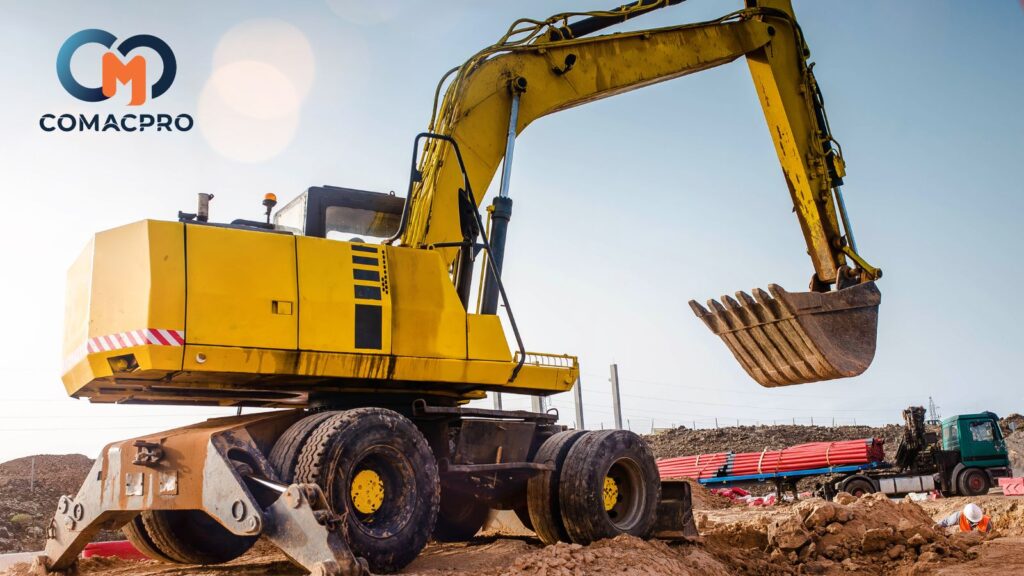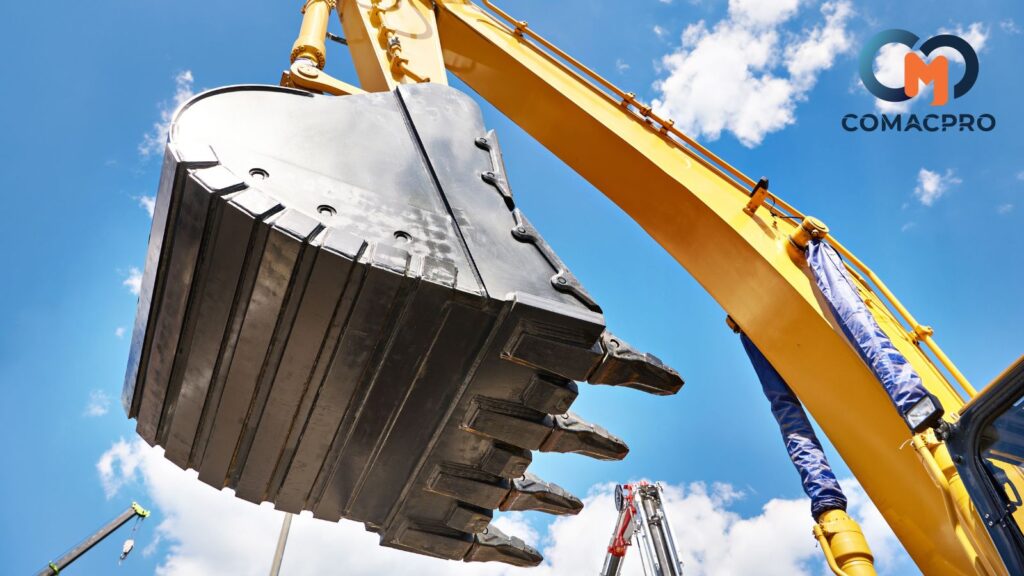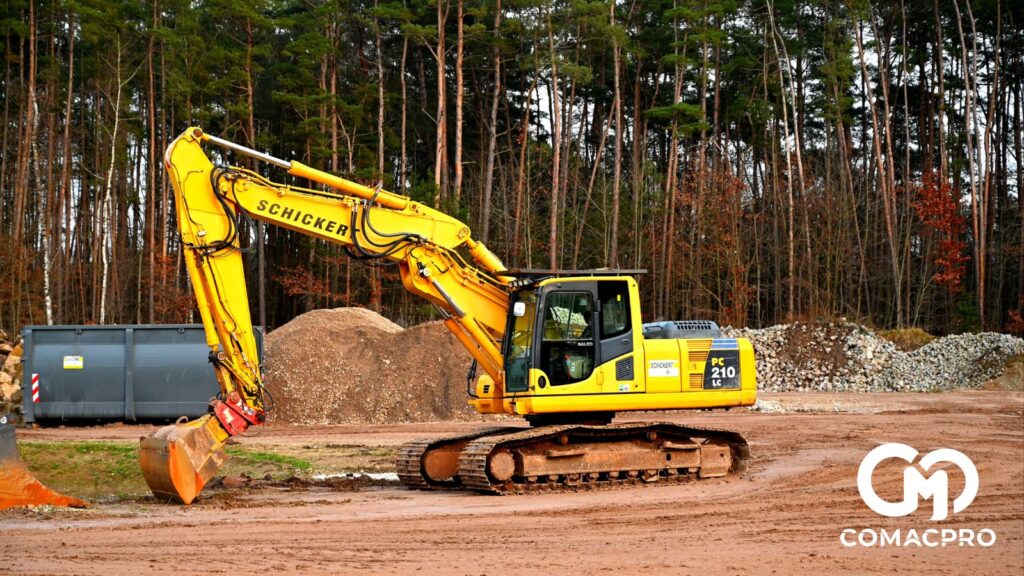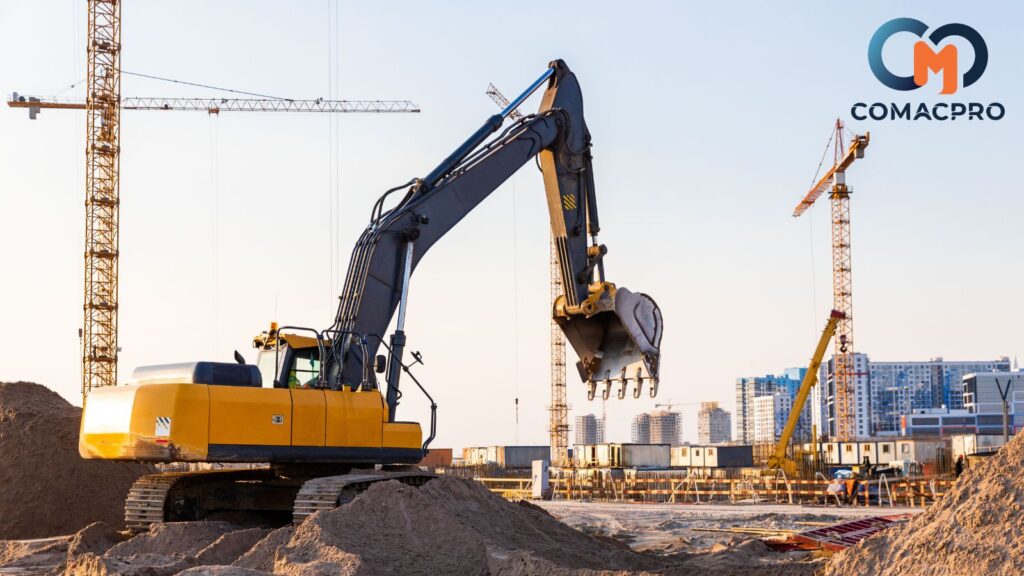Belonging to the type of construction machinery that plays an important role in the construction and mining industry, in fact, excavators are divided into many lines of machines with different features. This helps investors’ choices to be more diverse as well as most suitable for the conditions and scale of each project. The article on excavator classification below will help you better understand this diversity.
Overview of excavators
The concept of excavators is certainly no longer too strange for everyone because this is one of the specialized machines widely used in construction works.

In addition to the name excavator, names such as: excavator, excavator, bucket excavator, planer bucket excavator, multi-bucket excavator,… are also used to refer to this type of machine.
Excavator Classification
To suit each job requirement, excavators are classified according to the criteria of: moving structure, size, bucket type or working principle.
According to moving structure

Moving terrain is a factor that hinders the construction process, so people divide excavators into two types: wheeled and crawler to improve this situation. In which:
Crawler excavator
- Suitable for rough terrain, mud, gravel, weak ground
- Increases good working efficiency, high stability
- Slow moving speed 5-6km/h with large bucket capacity
- Limited moving range
Wheel excavator
- Suitable for flat terrain such as concrete roads, asphalt roads
- More compact design than crawler, high engine performance
- Quite fast moving speed 30-40km/h with small capacity buckets
- Unlimited moving range, suitable for light workloads such as mining soil, sand, gravel, etc.
By size/weight
For each requirement of the workload, excavators are divided into 3 types according to different sizes.
Mini excavator
- Weighs less than 7 tons
- Compact in size, suitable for transportation work in alleys and lanes
- Mini excavators use small bucket capacities from 0.15 to less than 1 cubic meter
Regular excavator
- Weighs from 7-45 tons
- Standard size, suitable for operating in small and medium projects
Large excavator
- Weighs from 45 tons or more
- Huge in size, suitable for large projects
- Specializes in moving large volumes of materials
According to the excavator bucket

Classified by bucket, there are forward and reverse buckets.
Forward bucket excavator
- The forward bucket structure is outward, currently not widely used in the Vietnamese market
- Suitable for material movement
Reverse bucket excavator
- The reverse bucket structure is inward towards the excavator, commonly used in the Vietnamese market
- Highly applicable, applied on diverse terrains
According to the working principle

Based on the operating principle, we have excavators that operate using a hydraulic system and a cable drive system.
Hydraulic excavator
- Using a hydraulic system to operate the excavator
- Including: hydraulic pump, hydraulic oil tank, control valves, rotating motor, moving motor, hydraulic cylinders, hydraulic oil filter, oil pipe, hydraulic oil cooler, etc.
Cable drive excavator
- Operated by a cable winch system
- Currently, this type of machine is not highly applicable
Thus, excavators have many different types of machine classifications depending on their specific purposes. Hopefully, the knowledge that Comacpro has compiled above has helped you have a more objective view of the popular excavator lines today.
Vietnam’s largest equipment purchasing platform – Comacpro
Headquarters: ACCI Building, 210 Le Trong Tan, Thanh Xuan District, Hanoi City
Southern Office: Eco Green Saigon, Nguyen Van Linh Street, Tan Thuan Tay, District 7, Ho Chi Minh City
Northern Hotline: 0865.919.939
Southern Hotline: 0865.1515.06
Email: [email protected]
Website: https://comacpro.net
Youtube: https://www.youtube.com/@ComacProOfficial